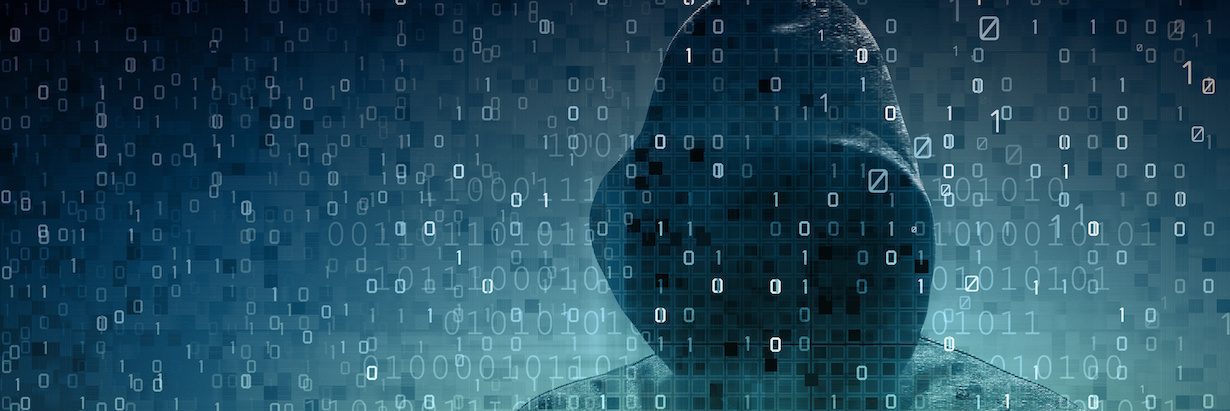Linux was a word I once feared. Only the most elite of computer nerds would dare use such an operating system. Thanks to advances in modern in Linux distributions and the internet in general, it really isn’t that difficult to figure out.
Why Linux? There are many reasons. For a start: cost. Many of the most popular and best Linux distributions are free. They are also open source which, aside from many other great things, means anyone can contribute. No waiting for a certain popular software company to realise there is a problem. It’s also incredibly lightweight. A headless Linux system can run web servers and file servers with very little RAM and hard disk space.
So here’s a quick run down on what to expect.
Here I am installing Debian version 8 onto an ESXi virtual machine. The VM spec is 1 cpu core, 2048MB RAM (a test install can comfortably be setup with less than half that) and a 16GB hard disk (again, I haven’t checked the exact specs but I run production machines that are using less than 2GB of space)
Boot into the Debian installer and you’ll be greeted by the following screen. Select Install
Next, select your language. Use arrow keys to move, the space bar to select and enter to continue
Next is locale
Next, choose a hostname. This is the name that other computers will see you by. I try to use something relevant, like ‘webserver’ or ‘debian’
Then, choose a domain name. For testing this isn’t too important. If you plan to setup multiple devices, use the same name across all devices
You are then prompted for a root password. In Linux, root is the ultimate all powerful user. It should only be used when needed. It has the ability to delete all files, including system files, and will do so without warning.
Then confirm
You will then be prompted for your full name. This doesn’t need to be your full name but if you do wish to add it, now if your chance
In Linux, ‘L’ is not the same as ‘l’. Spaces are also treated as the end of a command, so you will be prompted for a username. Using the auto-suggested, all lowercase first name from your full name keeps things simple when it comes to accessing home directories and logging in
Set a password for this user. This is the user and password you will log in with for general use
Then confirm
Then hard disk partitioning options. This guide will cover a basic partition setup, using the full disk where all files are in a single partition. Select Guided Partitioning
Then Guided – use entire disk
Select the disk to install Linux on
Then All files in one partition
Select Finish partitioning and write changes to disk
Use the tab key to select yes and write changes to disk
Followed by a little bit of a wait…
You’ll be prompted to select your country
Then to choose an ftp mirror (this information is used for updating and installing packages)
You’ll then be prompted for HTTP proxy information. If you don’t know what this means, chances are you don’t need to know and can leave it blank
Followed by more waiting…
You’ll then be prompted about participating in usage analysis. I’ll leave this one up to you…
Then select software. I choose only SSH Server and standard system utilities. The rest can be installed through the package manager as required
Another short wait…
If you are installing to a clean hard disk, you’ll be asked if you want to install the GRUB boot loader. This is what enables the system to boot into Linux
Provided you only have one disk in the system you should only have the choice of one drive to boot from first. If not, you’ll need to work out which disk is which
All done! Remove your boot media and restart!




























